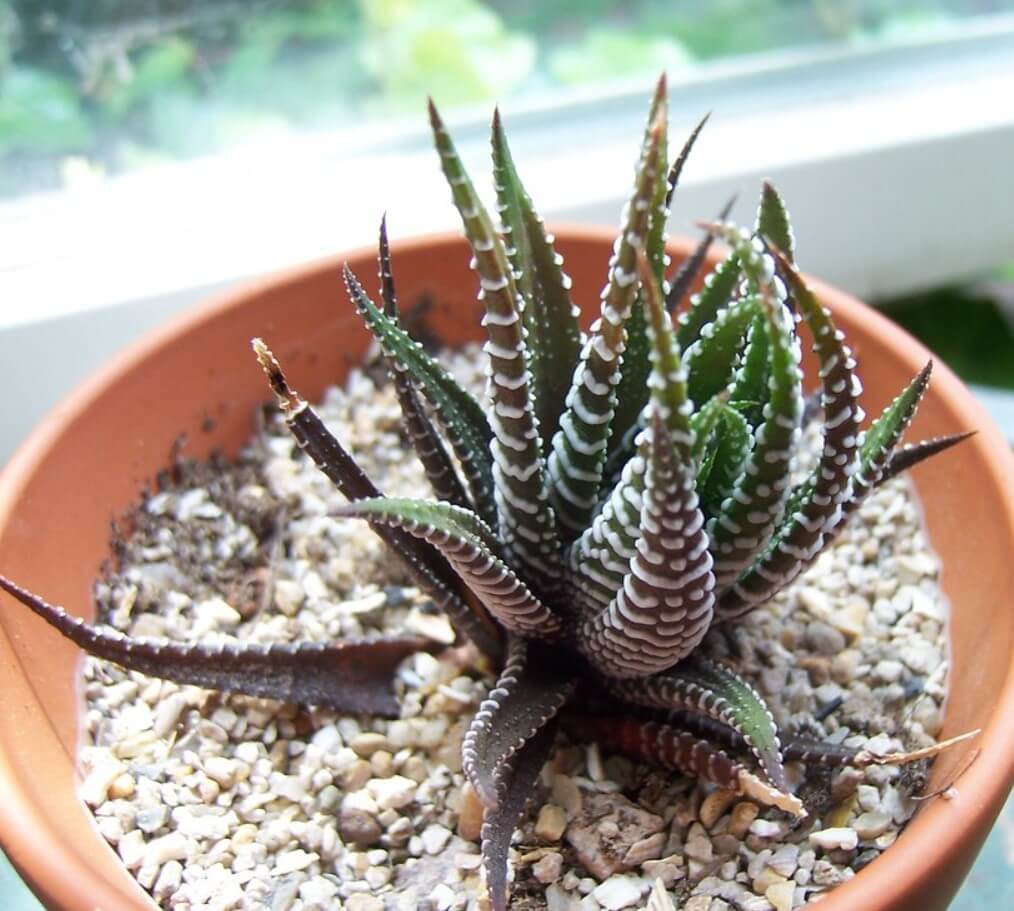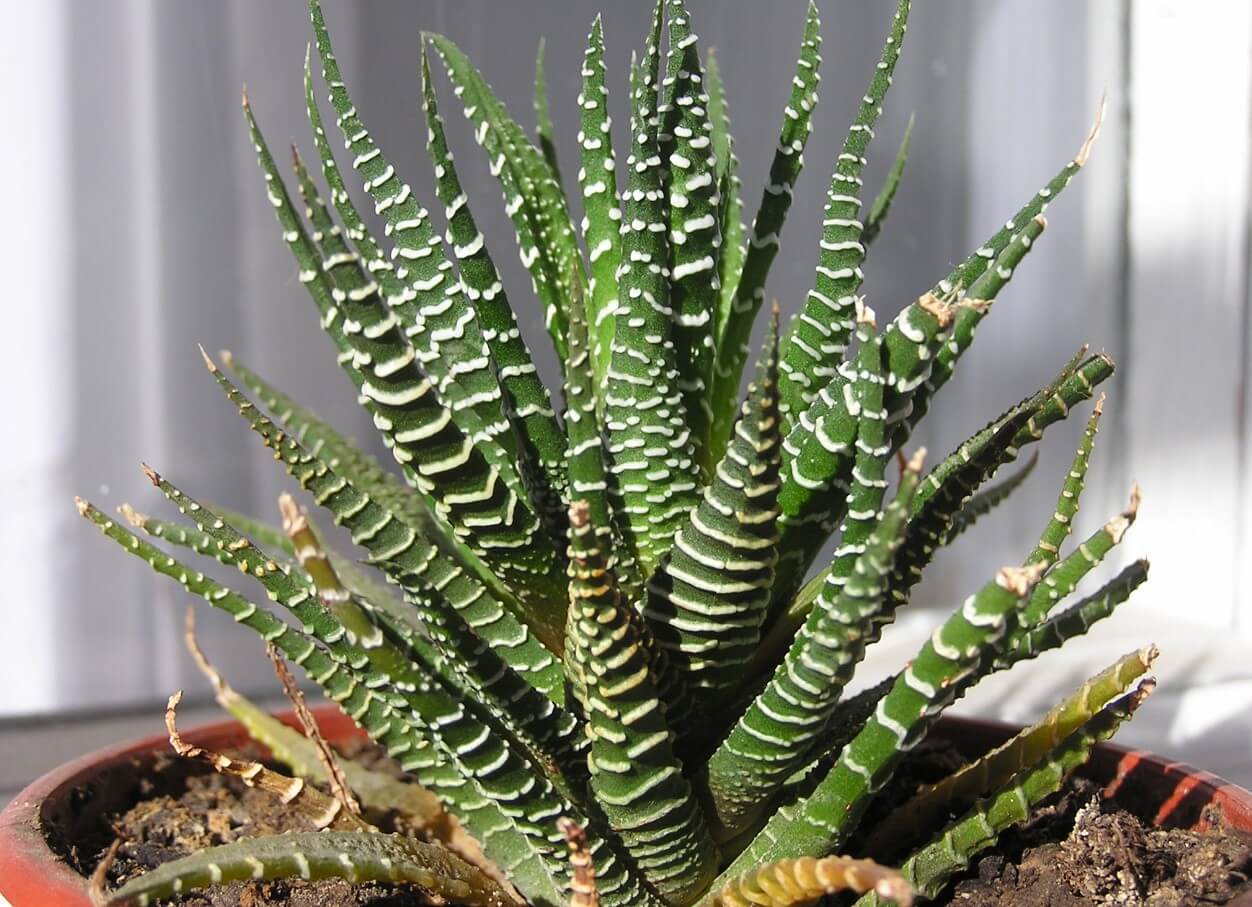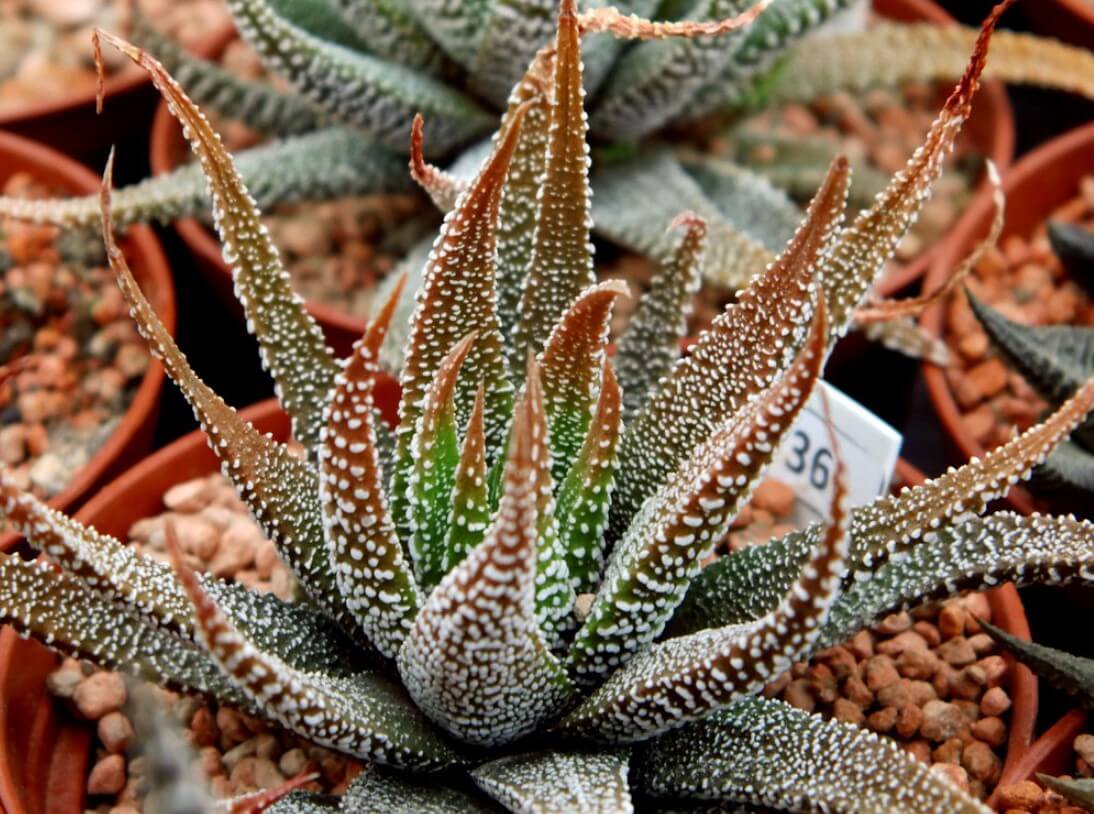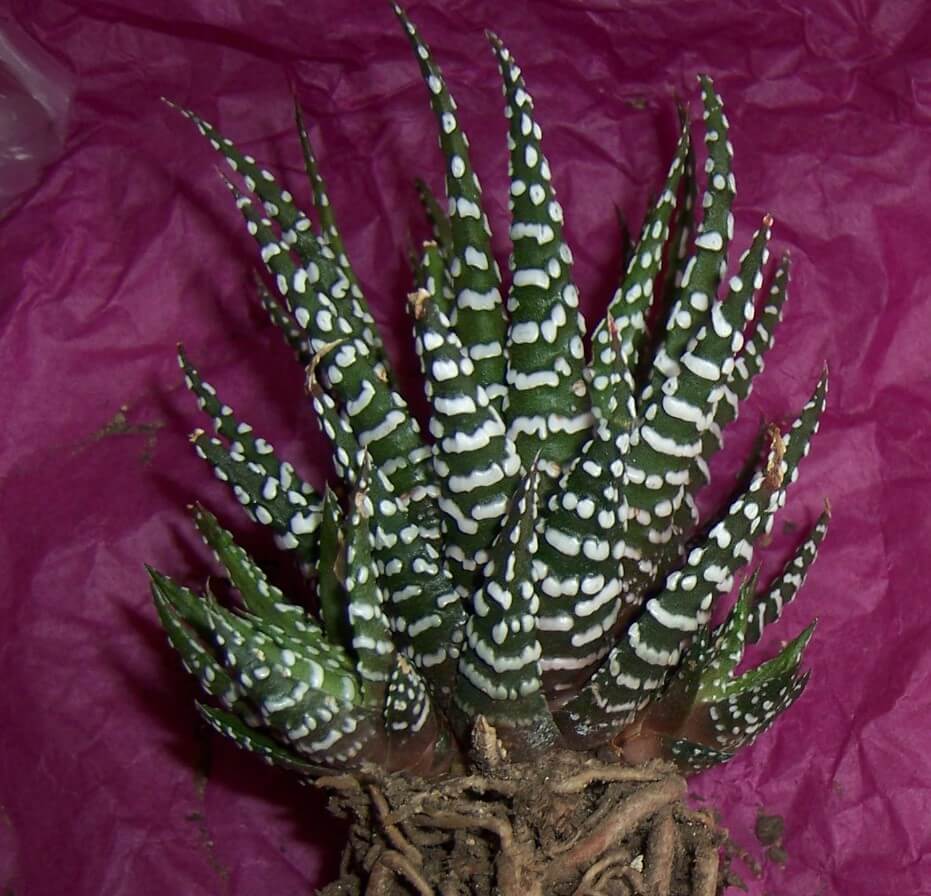You saw your haworthia changing color, leaves browning. It worried you about the plant’s health. We understand seeing green start to fade, why we are here. We will look at treating browning haworthia and reasons leaves turn brown. These tough plants often show trouble through look and strength of leaves. Brown spots or all brown alarming to see. Today we find what issues beneath cause problem and help leaves regain life.
We go now to root of troubled haworthia. Too much or too little water cause damage to roots take in what plant needs. Same with lighting, too dim or harsh take toll. Check soil dries between waterings, gets sun not shade or lamp glow alone. Browning signals nutritional neglect as well. Check fertilizing follows instructions, plant gets what it needs to stay sturdy.
Catch problem early return green fastest. Check roots healthy when repotting, cut away rotten. Adjust conditions, be patient. Water properly, light amount right, fertilize regular. Haworthia strong but needs what keeps it. With care stress fades, new growth spreads stripes vibrant as before browning covered leaves. Your plant will thank steady care that brings it back thriving once more.
Key Takeaways
- Looking at where it’s at and how much water lets you stop brown leaves.
- What to do when leaves go brown involves changing how you take care of it.
- Knowing what’s really wrong is what stops more from going brown.
- Checking on it regular can help the plant stay healthy and good to see.
- Acting fast is key if the brown is to go away and it gets better.
- Having the right amount of water and light is basic for a haworthia that lasts.

Understanding Haworthia Brown Leaves
| Sign of Distress | Cause | Preventive Action |
|---|---|---|
| Brown spots on leaves | Overexposure to direct sunlight | Provide shade or relocate to an area with indirect light |
| Yellowing leaves and soft base | Overwatering | Allow soil to dry before the next watering |
| Stunted growth | Potential root bound plant | Repot into a larger container with fresh soil mix |
| Sticky Residue | Pest Infestation | Apply insecticidal soap or neem oil |
| Wilting leaves | Insufficient watering | Establish a regular watering routine |
Reasons Why Your Haworthia Is Turning Brown
Seeing the leaves go brown on haworthias shows the little guys need some help. They tend to do best with the right combo of care, and not getting that causes the color change to happen first. As folks looking into why the leaves are turning brown, we pinned down a few main things that could be the cause.
Not having enough bounced around light is a usual problem. Though they adapt, low light or direct sun for too long don’t suit them. Here are the primary possible reasons behind the browning leaves on your haworthia:
- Environmental stress from inadequate lighting, low humidity, or extreme temperatures
- Overwatering leading to root rot and subsequent decay of leaves
- Fungal diseases that damage the plant tissue causing brown spots
- Nutrient deficiencies that weaken the plant’s ability to maintain vibrant foliage
Understanding the specific cause is imperative in resolving the browning issues and revitalizing your plant. If you suspect overwatering, it’s crucial to reassess your watering schedule. Here’s a breakdown to consider for your haworthia to prevent excessive moisture accumulation.
| Condition | Action Required |
|---|---|
| Signs of overwatering (Soft, yellowing leaves) | Reduce frequency of watering |
| Presence of fungal disease (Brown spots on leaves) | Apply fungicide and remove affected areas |
| Weak indirect light (Leggy growth, pale color) | Move to a brighter location with indirect sunlight |
| Nutrient deficiency (Slow growth, discolored leaves) | Consider a balanced fertilizer appropriate for succulents |
By addressing these individual issues, you can restore your haworthia to health and ensure its leaves maintain their characteristic, lustrous dark green hue, free from any unsightly brown blemishes.

Root Rot: The Silent Killer of Zebra Succulents
Symptoms of Root Rot in Haworthia
| Preventive Action | Description | Benefits |
|---|---|---|
| Use of well-draining soil | Soil that allows water to pass through easily, typically composed of sandy or gritty materials | Prevents water-logging and provides an inhospitable environment for root rot |
| Proper watering technique | Watering the plant only when the top inch of soil is dry to the touch | Ensures roots are not consistently in moist conditions that can lead to decay |
| Drainage hole optimization | Ensuring pots have adequate drainage holes to let excess water escape | Reduces the chance of water pooling at the base of the pot |
| Environmental monitoring | Keeping the plant in a location where humidity and temperature can be controlled | Creates an overall healthier environment for the haworthia to thrive |
We, as custodians of these succulents, must embrace these preventive strategies to combat root rot. This assures that our haworthias will continue to grow and bring aesthetic delight with their unique zebra-striped patterns, unimpeded by the perils that lie beneath the soil.

Dealing with Overwatering: Why Less is More
We’ve seen too much water can cause bad problems with haworthia plants. The signs of too much like root rot, leaves going brown, and fungus growing tell us we must water these little succulents smarter. Let’s talk about how to fix giving them too much water by changing when and how we water.
- Feel the soil first before watering – if the top inch is dry, then water.
- Use pots with holes on the bottom for extra water to escape.
- Mix up soil that lets water drain out but still holds onto moisture.
- Figure out what each haworthia really needs – which is usually not a lot of water.
It’s worth noting these plants evolved to survive with little rainy weather and dry spots. So for their care, we must copy that by having soil and pots with good drainage to leave the dirt dry, like they’re used to in nature. In the end, the main thing is clear – haworthia want less water, not more.
Don’t Get Burned: Protecting Haworthia from Sun Damage
Difference Between Direct and Indirect Sunlight for Succulents
Here are some signs that haworthia leaves have gotten too much sun:
- Brown or tan patches – These discolored spots show where the sun burned the leaves.
- Crispy texture – Leaf areas hit by harsh sunlight may feel dried out and crispy.
- Edges turning color – Sometimes just the outer edges of leaves will turn brown from too much direct sun.
- Leaves drooping – A sunburned haworthia may droop its leaves as a protective response.
If you notice any browning, drying or discoloration on your haworthia’s leaves, it’s a sign it needs more shade. Move it to a spot with filtered, indirect sunlight to prevent further damage. Checking leaves regularly helps spot and address sunburn before it hurts the plant.
| Sign of Sun Damage | Description | Action to Take |
|---|---|---|
| Brown Patches | Irregular brown areas, often on upper leaf surfaces | Move to indirect light and monitor for improvement |
| Crispy, Dry Patches | Dried up, crunchy leaf sections, losing plumpness | Provide shade and increase humidity around the plant |
| Browning Margins | Edges of the leaves turning brown or crisp | Reposition to receive morning light or light shade |
- Check the placement of your Haworthias regularly to prevent leaf burn.
- Observe the patterns of sunlight throughout the day to identify ideal spots with indirect light.
- Avoid placing your succulents in locations where direct sunlight can strike them, especially during peak hours.
Conclusion
- Identifying issues with haworthia promptly is important to reverse browning and restore health.
- Common causes like too much light, water, or not enough water can be improved through attentive care.
- Monitoring soil moisture, leaves for signs of pests/disease, and proper watering helps prevent browning.
- Every plant has individual needs, so tailoring care is important to address unique situations.
- Adjusting factors like light exposure and watering habits can make a big difference for haworthia health.
- Ongoing learning helps provide the best environment for haworthias to not just survive but thrive long-term.
- With diligent monitoring and care tailored to individual plants, their lovely markings can remain vibrant.
The rewards of nurturing healthy haworthia come through addressing issues promptly while gaining growing experience over time. Commitment to their specialized needs pays off in beautiful greenery.


